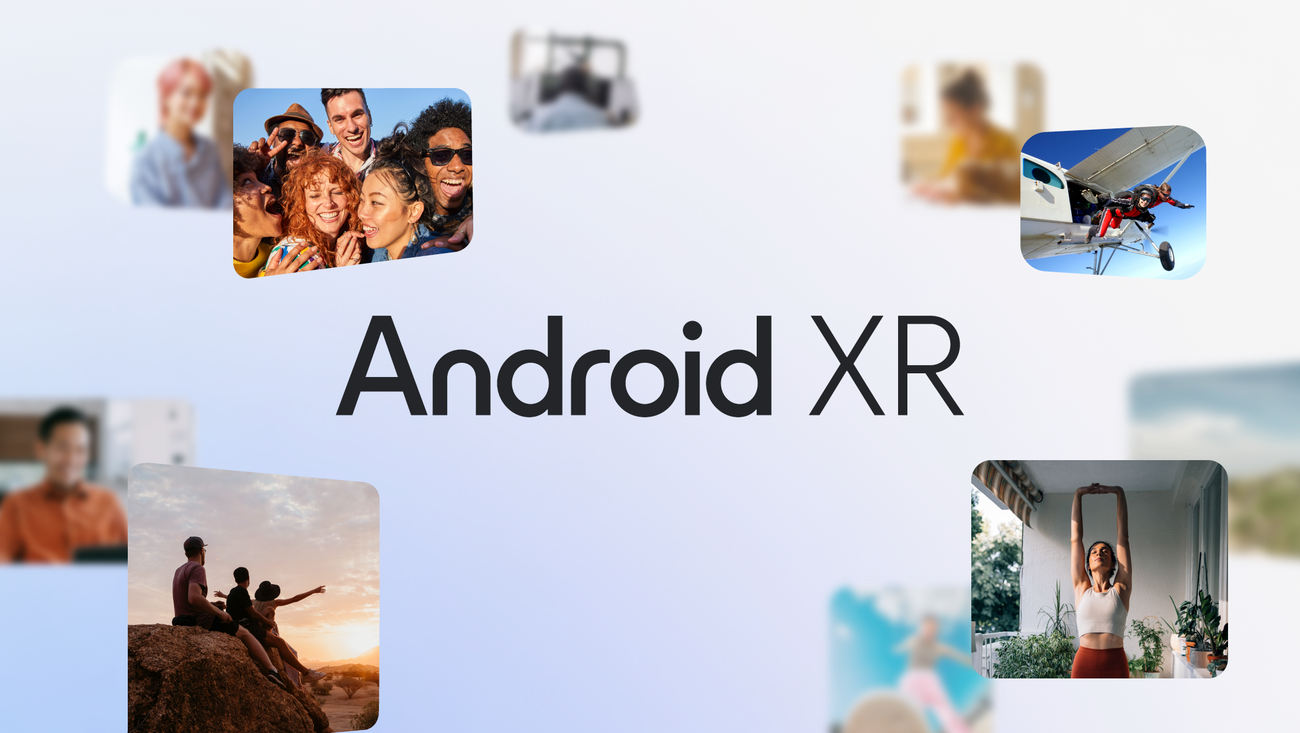After years of intense investment into AR and VR—Android XR is changing the game. With an open platform, AI-powered personalization, and a shift toward wearable tech, brands now have unlimited opportunities to create immersive experiences. Learn more here.
Android XR: Game-Changer for Marketing, Branding, and Advertising
The world of marketing and branding is about to get a major shake-up, thanks to Android XR. If you’ve been keeping an eye on augmented reality (AR) and virtual reality (VR), you already know they’ve been evolving—but Android XR is poised to take things to an entirely new level. Why? Because it’s open, developer-friendly, and built with the future of wearable hardware in mind.
Let’s dive into why this matters and what opportunities it unlocks for brands looking to make an impact.

A More Open and Inclusive Playground for Brands
One of the biggest challenges with AR and VR so far has been fragmentation. Different companies have their own ecosystems, making it tough for brands to create experiences that work across multiple platforms. Android XR changes that. Google’s vision is to make it an open environment where developers can create experiences that work across different devices—smart glasses, headsets, and whatever new wearables come next.
For brands, this is a massive opportunity. Instead of building one-off experiences for a single type of headset, they can create immersive brand interactions that reach people across a wide range of devices. Whether it’s a virtual store, an interactive product demo, or an XR-powered loyalty program, businesses will have more freedom to innovate without being locked into one ecosystem.
The AI Boost: Smarter, More Personalized Brand Interactions
At the heart of Android XR is Gemini, Google’s powerful AI assistant. This means XR experiences won’t just be interactive—they’ll be intelligent. Imagine a consumer walking down the street wearing XR glasses. They glance at a sneaker ad, and AI-driven XR overlays let them see the shoe in different colors, compare it to other styles, or even show them real-time reviews from other buyers.
For marketers, this is huge. AI-powered XR can personalize experiences in real-time, making advertising feel less like a sales pitch and more like a natural, helpful interaction. It’s like having a digital brand ambassador guiding customers through an experience that feels uniquely tailored to them.
Wearable Hardware: The Next Big Shift
We’ve been glued to our smartphones for over a decade, but the future is going hands-free. Smart glasses and other wearables are set to replace—or at least complement—our mobile devices. Android XR is being built with this future in mind, meaning brands need to start thinking beyond mobile screens and start imagining experiences that exist in the real world.
For example, instead of browsing through a furniture website, consumers could walk into an empty room and use their XR glasses to place virtual furniture in real-time. Instead of watching a car commercial, they could step inside a virtual test drive from anywhere. These types of immersive brand experiences make marketing feel more like an adventure than an ad.
Immersive Brand Storytelling Like Never Before
Brand storytelling is about making consumers feel something—and what better way to do that than by pulling them into a fully immersive experience? Android XR makes it possible for brands to go beyond traditional ads and create spaces where customers can interact with products and services in meaningful ways.
Imagine a beauty brand launching a virtual skincare consultation where users can try different products on their own faces in XR. Or a fashion retailer letting customers “walk the runway” in different outfits before making a purchase. These experiences blur the line between content and commerce, making interactions more engaging and memorable.
Cross-Device Compatibility Means Bigger Reach
Because Android XR is designed to work across a variety of devices, brands won’t have to gamble on which hardware will dominate the market. They can develop immersive campaigns knowing that their content will be accessible to a broader audience, whether someone is using high-end XR headsets, lightweight smart glasses, or whatever comes next.
This flexibility means brands can invest in XR with confidence, knowing their content won’t be obsolete when the next wave of hardware hits the market. Instead, they’ll be able to scale and evolve their XR experiences over time.
The Future of Branding in an XR World
So, what does all this mean for branding? It means the way consumers interact with companies is about to change in a big way. Marketing will become more immersive, AI-driven, and seamlessly integrated into the world around us. Instead of ads disrupting an experience, they’ll enhance it—making interactions with brands feel natural, engaging, and even fun.
Companies that embrace this shift early will have a massive advantage. Those who wait? They’ll be playing catch-up as XR becomes the new standard for digital interaction.
The bottom line: Android XR isn’t just an upgrade to AR and VR—it’s a whole new way to connect with consumers. And for brands that are ready to innovate, the possibilities are endless.

